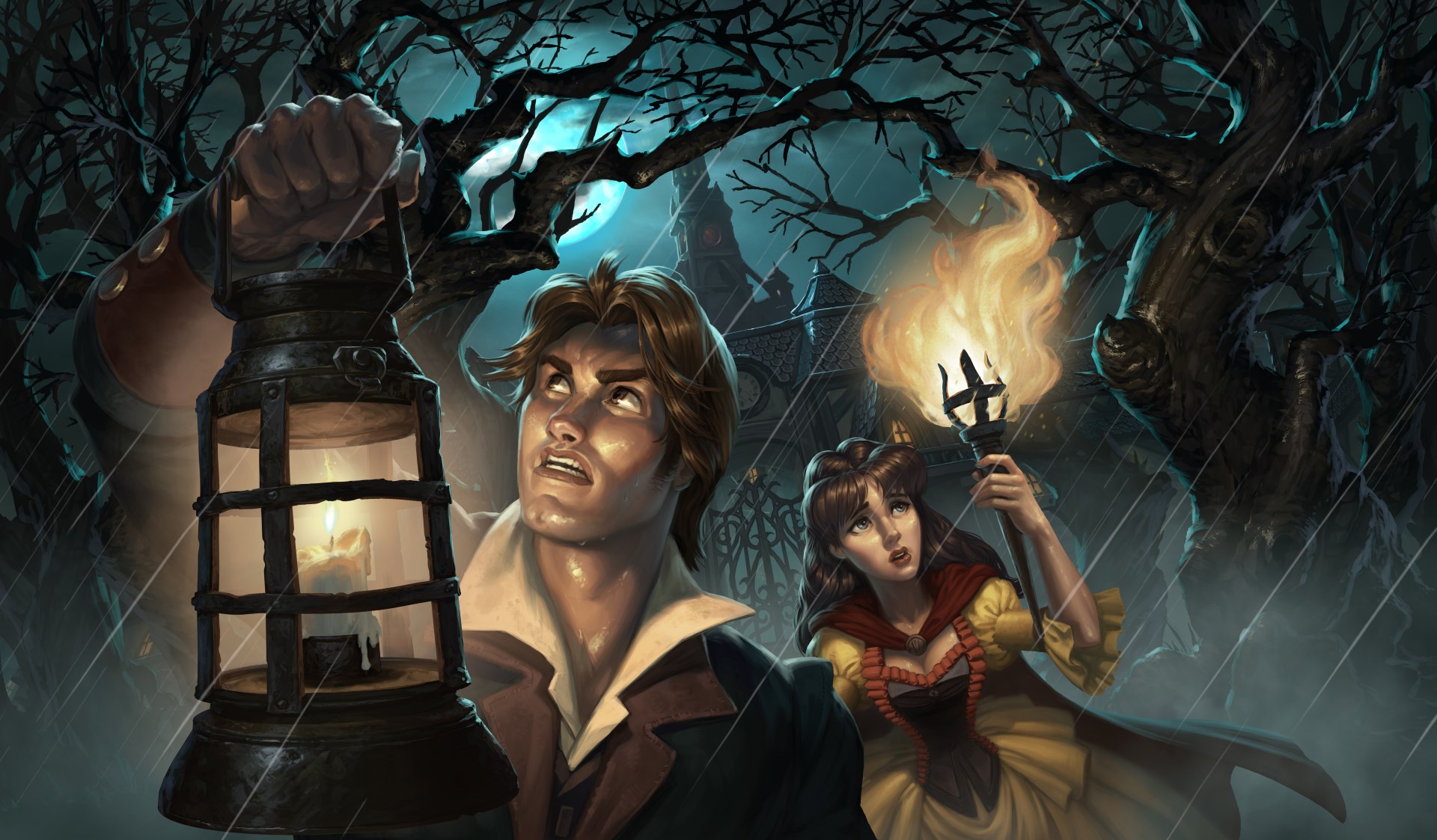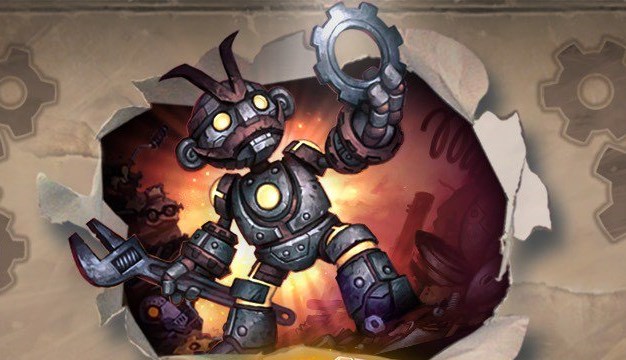What the hell is going on with Hearthstone's matchmaking?
Top players say climbing the ladder has become demotivating, if not outright impossible.

Update: Blizzard addressed these issues in a new statement concerning an upcoming ranked play update. More on that here.
Original story:
If you've ever played an online game, you've probably complained about the matchmaking. You've pubstomped low-rank players who never stood a chance, and you've been crushed by high-rank players you had no business facing. For a variety of algorithmic reasons, sometimes bad matches just happen. But for the best players in Hearthstone, they've been happening a lot lately.
Over the past few weeks, several professional Hearthstone players (and countless Redditors) have reported frequent unfair matchups. Legend-rank players are regularly queueing into matches with people well below their rank, including people who haven't even hit Legend yet. For the Legend players, that makes climbing the ladder and improving their Legend rank nearly impossible.
The first 25 ranks of Hearthstone's ladder use a star system, but once you hit Legend rank, your rank becomes a number. The smaller your number, the better your rank, hence the race for rank one Legend. To improve your Legend rank, you not only have to win games, but win games against strong opponents—ideally, people who are a much higher rank than you. The degree that a win affects your rank depends on the rank of the player you beat.
If I'm rank 500 and I beat a rank 300 player, I might jump to rank 400 or so. But if I were to beat a rank 400 player, my rank would only go to around 450. That's an oversimplified example, but you get the idea. Naturally, the same is true of losing. If you lose to a player with a much lower rank than you, you'll be set back further than if you'd lost to someone of equal rank. In a perfect world, this is a self-balancing point system, but that's not what Hearthstone players are actually seeing.

Because Legend players are routinely playing against low-rank opponents, winning gets them basically nothing, while a single loss can set them back several games. They are, as Redditor u/wils172 put it, stuck in the dumpster. This is a problem not only because it's incredibly demotivating to lose hours of hard-earned progress in an instant, but also because it makes it exceedingly difficult to achieve and maintain a high Legend rank, which players need to do if they want to compete in the Hearthstone Championship Tour.
Keep up to date with the most important stories and the best deals, as picked by the PC Gamer team.
This is also bad news for casual players who don't care about Legend ranks or the HCT, because it means the best players in the world are playing against players who are trying to make it into Legend for the first time. Or perhaps even just want to have fun. Imagine hopping into a quickplay match in Rainbow Six Siege or Overwatch only to queue into a match with a stacked team of pros.
The strange thing is that this matchmaking imbalance seems to have come out of nowhere. It's so widespread that players are convinced Hearthstone's matchmaking was changed, but Blizzard didn't announce any changes. That said, Blizzard does occasionally experiment with Hearthstone's backend—which is partly why many pro players have long been calling for total transparency on how the numbers work—so it's entirely possible something has been changed.

While Blizzard does tinker with the way its MMR works in order to reduce queue times and combat counter-queueing, they've always fundamentally stuck to the matchmaking formula Hearthstone designer Max McCall outlined in this Hearthpwn post. "After every game, the formula looks at if you won or lost and uses your current rating, your opponent’s rating, and your rating history to generate your new rating," McCall explained. "We call this rating MMR for short. In casual and at Legend rank, we pair players with similar MMRs. In Ranked below legend, we pair people with similar star ranks instead of similar MMRs.
"When you press ‘play’ you enter a queue for your chosen game mode. The matchmaker looks at your MMR and compares it to the MMR of everyone else in the queue. If it finds someone else with the same MMR as you, it pairs you into a game. If it doesn’t, it will wait a few seconds and look again. The second time, it doesn’t look just for someone with your MMR; it will also look for someone with an MMR that’s almost the same as yours. If it still doesn’t find a match, it waits another few seconds and looks again. The bound for what MMRs are considered a good match keep widening the longer you’re in the queue; this is to ensure that you don’t have to wait too long to play. Usually a match is found so quickly that the widening bounds never really matter."
Earlier this year, senior designer August "Iksar" Ayala made the point that matchmaking systems are always evolving, and that a good win rate doesn't necessarily equate to a good Legend rank. That said, this month's spike in skewed matches does suggest something has gone strange somewhere. I've reached out to Blizzard for clarification and am awaiting a reply.

Austin freelanced for PC Gamer, Eurogamer, IGN, Sports Illustrated, and more while finishing his journalism degree, and has been a full-time writer at PC Gamer's sister publication GamesRadar+ since 2019. They've yet to realize that his position as a staff writer is just a cover-up for his career-spanning Destiny column, and he's kept the ruse going with a focus on news, the occasional feature, and as much Genshin Impact as he can get away with.

